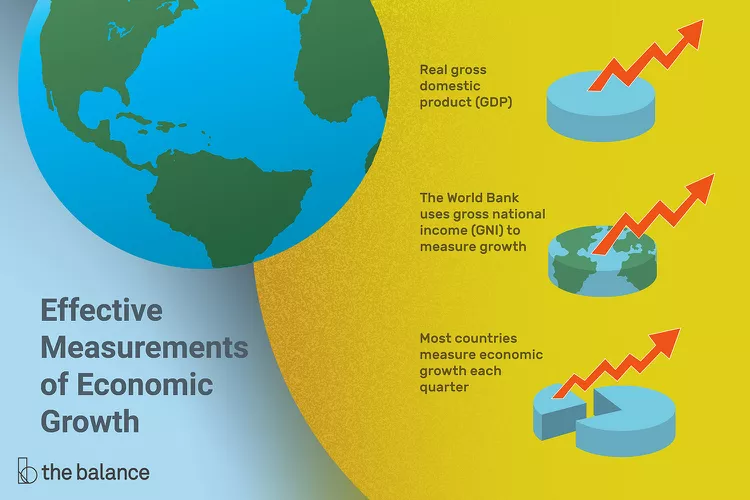Net Present Value (NPV), is one of the most useful and fundamental financial decision-making tools. Although it is widely used in corporate finance, it can also be applied to everyday purchasing and investment decisions. NPV, simply put, is the current value of cash flows (inflows and outflows). The NPV of a project or investment is an amount, and that amount is the value of that project or investment. Having said that, you might think that calculating NPV is a hassle, but luckily, all it takes is a pen, a piece of paper and a simple formula to be able to calculate NPV.
1 Identify the project or investment you want to analyze
For example, suppose you operate a lemonade stand. You are considering purchasing a juicer instead of generating juice by hand. Your decision depends on whether or not it is profitable to purchase a juicer.
2 Determine the expected value of the cash flows associated with the project or investment
Still using the example of the lemon juice stand, assume that the price of the juicer is $100 (the unit of currency does not affect the final result) and that the use of the juicer is expected to generate an additional $50 in the first year of use, an additional $40 in the second year, and an additional $30 in the third year. Hypothetically, the increased revenue comes from a reduction in labor costs due to increased juicing efficiency. The juicer is expected to be reimbursed after three years. So, the expected cash flow is: -$100 now, +$50 in the first year, +$40 in the second year, and +$30 in the third year. It is best to put the cash flow on paper.
3 Determine the appropriate discount rate
This step is critical to the ability to make the right decision and requires a great deal of care. The discount rate is the figure that converts the expected cash flows into present value. Since the “time value of money” cannot be ignored, the discount rate must be taken into account. The time value of money depends on when the money is paid.
- For example, you would prefer to have $100 now rather than $100 three years from now. This is because, after receiving $100 now, you can invest it for three years, and after three years, your income will be greater than $100. Therefore, the $100 three years from now will be worth less than $100 to you now. All future cash flows must be converted to an equivalent present value.
- Determining the appropriate discount rate needs to be considered. In corporate finance, the weighted average cost of a company is often used. And in the case of a lemonade stand, you must consider the return you would have gotten with that money invested in the stock market if you had not bought the juicer. Assuming, for example, that you are certain that you will earn a 4% annual rate of return, then 4% is the appropriate discount rate.
4 Discounted Cash Flow
Use the formula: P / (1 + i)t, where P represents the cash flow, i represents the discount rate, and t represents time. The cash flow generated now is not discounted, it is itself the present value.
5 Adding up all the discounted cash flows gives the NPV
6 Decide whether to accept the project or investment
If the NPV is positive, it means that the project’s rate of return is greater than your required rate of return, so you should accept the project. If the NPV is negative, it means that you should invest your money in another project, so you should reject the project. In this example, the NPV is $11.73. Does that mean that buying the juicer will only make you $11.73? Of course not, it means that purchasing the juicer not only gives you the income you would have earned if you had invested at a 4% annual rate of return, but it also makes you an additional $11.73. This program is profitable, so you should purchase the juicer.
Tip
Always remember that there may be other non-financial factors (e.g., environmental or social issues) that can affect investment decisions.
NPV can be calculated using a financial calculator or a NPV table, which eliminates the need for a computer to calculate the discounted value of cash flows.



